Yamaguchi Daijingū
Author: Richard Perkins
Photos/Videos Taken: 2024/11/12
Address: 4−4 Taki-machi,
Yamaguchi, Yamaguchi【753-0071】
There’s one Shintō shrine in Japan that all the Japanese would like to visit at least once: Ise Shrine in Ise, Mie Prefecture. In recent years, this particular shrine has gained attention as a tourist spot in Japan that’s overflowing with foreign tourists. However, Ise Shrine is dedicated to the most revered goddess in Japan: 天照大神 (amaterasu-ōkami—the sun Goddess who rules over the heavens). Because of this, Ise Shrine is the highest-ranked shrine in Japan.
Modern-day public transportation in Japan is superb; you can easily get to many areas across the country with it. However, as many can imagine, this was a different story a few hundred years ago. In those days, when the Japanese took a trip somewhere, they primarily walked. In the Edo Period (1603-1868), many Japanese people longed to go and pray at Ise Shrine. For those who didn’t live nearby, doing so was no easy task. One way that the Japanese helped those far away to pray at Ise Shrine was to create a similar style of shrine (one dedicated to Amaterasu-ōkami) in another part of the country. There are now shrines devoted to this sun Goddess all across Japan. One of those shrines is 山口大神宮 (yamaguchi-daijingū) in Yamaguchi, Yamaguchi Prefecture.
Yamaguchi Daijingū was built in 1529 by Ōuchi Yoshioki (a warlord from the end of the Muromachi period to the Sengoku period). He took the Goddess of Ise Shrine (Amaterasu-ōmikami) and enshrined her here in Yamaguchi Prefecture too. Ise Shrine is split into two main areas, the 内宮 (naikū) and the 外宮 (gekū). The naikū worships Amaterasu-ōkami. The gekū worships 豊受大御神 (toyouke-no-ōmikami—a god that protects over clothing, food, shelter, and industrial works). Yamaguchi Daijingū copies this, and here, too, there is a naikū and gekū. Also, the main building at this temple utilises the same style of architecture as Ise Shrine, utilising a 神明造り (shinmei-zukuri—a style that, other than the round pillars, is made with no curves and is linear) style of architecture. Here, you can enjoy an atmosphere that closely resembles Ise Shrine. Seeing as how popular it was to visit this shrine in the Edo period, Yamaguchi Daijingū was given the name 西のお伊勢様 (nishi-no-o-ise-sama—“the Ise of the West”).
On the grounds of Yamaguchi Daijingū are two other shrines. The first is 高嶺稲荷神社 (takamine-inari-jinja). Dedicated to 稲荷神 (inari-no-kami), the Goddess of abundant crops—such as rice—and the Goddess of agriculture, it’s unclear what the history of this shrine is (including when it was built). However, it’s said that it was originally built near the stage where 神楽 (kagura—a form of sacred music and dancing in the Shintō religion) stands. At this particular shrine, along with a beautiful main building for worship, there’s also a 祠 (hokora—a smaller version of the main building at a shrine). On both sides of this shrine are several red shrine gates. When you pass through these shrine gates, another small shrine resembling a 神棚 (kamidana—a small Shintō shrine or altar found in one’s home) and several fox statues will appear before you. This shrine and fox statues are surrounded by trees, making you feel as if you’re deep in a forest. The whole atmosphere here is quite divine.
The second shrine that you’ll also find on the grounds of Yamaguchi Daijingū is 多賀神社 (taga-jinja). This shrine was built by Ōuchi Hiroyo (a warrior and warlord in the Nanbokuchō period), but it’s unclear what year specifically this shrine was built. The deities from 多賀大社 (taga-taisha) in Gifu Prefecture, 伊弉諾尊 (izanagi-no-mikoto) and 伊弉再尊 (izanami-no-mikoto)—two Gods that were said to have created Japan—are enshrined here too. It’s said that this shrine burned down during the Ōuchi Teruhiro War in 1569 and was rebuilt by Mōri Terumoto (a warlord and warrior from the end of the Sengoku period to the beginning of the Edo period) in 1610. It’s also said that this shrine was originally built over water and was reconstructed to where it stands today in 1949. The main building at Taga Shrine is beautifully constructed, you can feel a big presence from it when praying here.
Dedicated to Amaterasu-ōmikami, Yamaguchi Daijingū is a shrine that those in Yamaguchi Prefecture can be proud of. It’s not only a place where one can learn a lot about the traditional Shintō religion but also a shrine that emulates Ise Shrine so well that the Gods (without a doubt) rejoice at its presence. Although it may not be one of the bigger shrines in the country, there’s quite a lot to see here, the perfect spot for those tourists with a busy schedule. Ise Shrine is Japan’s most beloved shrine, but “the Ise of the West”, Yamaguchi Daijingū, is a shrine deserving a visit that’s just as wonderful.

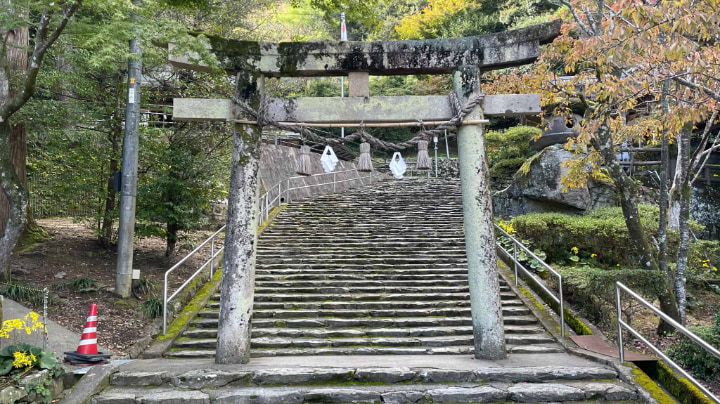
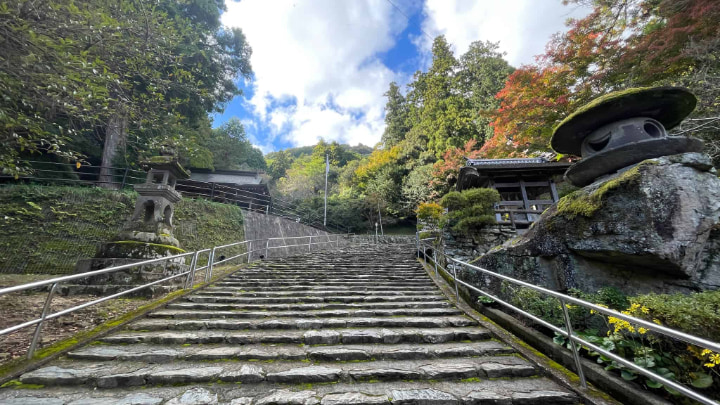
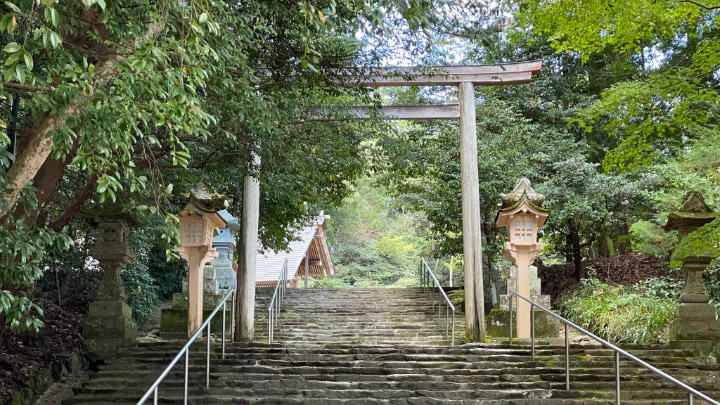
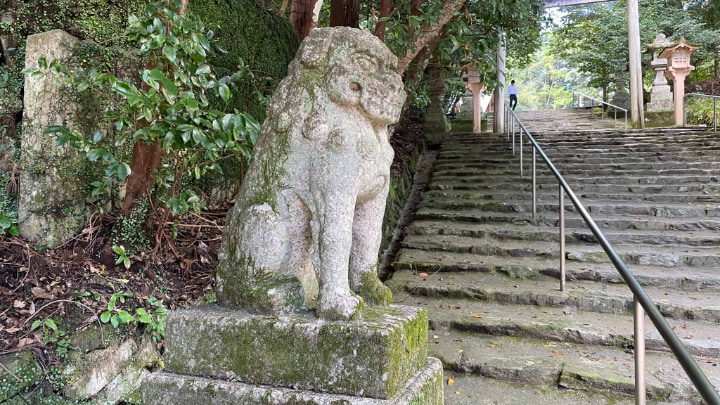
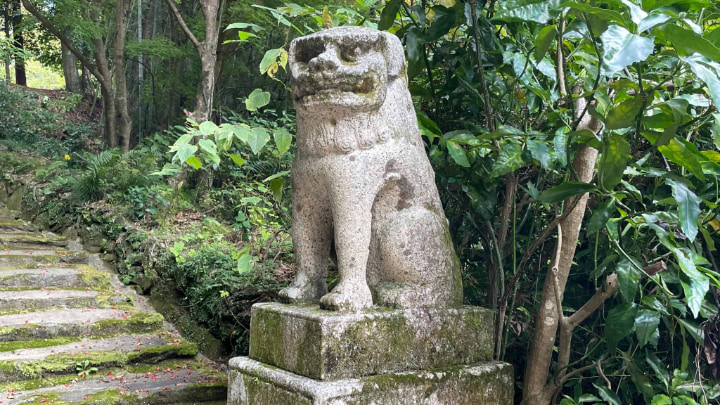
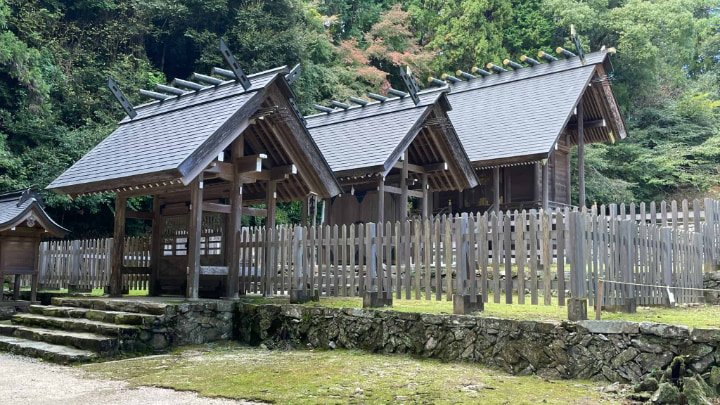
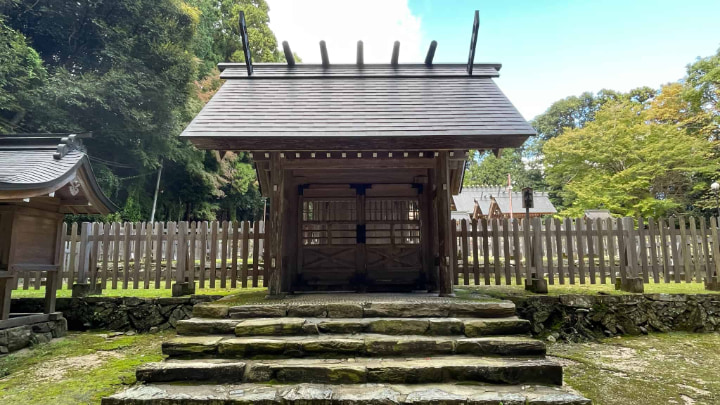
This is the gekū.
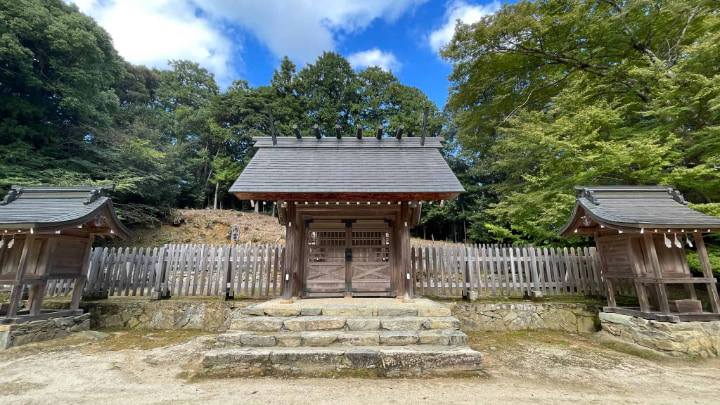
This is the naikū.
1/3